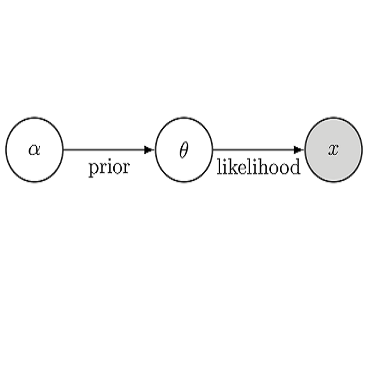We present a Bayesian inference approach to estimating the cumulative mass profile and mean squared velocity profile of a globular cluster given the spatial and kinematic information of its stars. Mock globular clusters with a range of sizes and concentrations are generated from lowered isothermal dynamical models, from which we test the reliability of the Bayesian method to estimate model parameters through repeated statistical simulation. We find that given unbiased star samples, we are able to reconstruct the cluster parameters used to generate the mock cluster and the cluster's cumulative mass and mean velocity squared profiles with good accuracy. We further explore how strongly biased sampling, which could be the result of observing constraints, may affect this approach. Our tests indicate that if we instead have biased samples, then our estimates can be off in certain ways that are dependent on cluster morphology. Overall, our findings motivate obtaining samples of stars that are as unbiased as possible. This may be achieved by combining information from multiple telescopes (e.g., Hubble and Gaia), but will require careful modeling of the measurement uncertainties through a hierarchical model, which we plan to pursue in future work.
翻译:我们提出一种贝叶斯推论法,根据一个星体的空间和运动信息来估计一个星团的累积质量剖面和平均平速剖面剖面图,其大小和浓度范围不等的摩克球团群来自低等热量动态模型,我们从中测试贝叶斯方法的可靠性,以便通过反复的统计模拟来估计模型参数。我们发现,鉴于不偏倚的恒星样本,我们能够以准确性强的方式重建用来生成模拟星团的集群参数,以及该星团的累积质量和平均速度剖面。我们进一步探索,由于观察限制而可能造成的高度偏差的取样可能会影响这一方法。我们的测试表明,如果我们使用偏差的样本,那么我们的估计可以某些取决于群状形态学的方式偏离。总体而言,我们的调查结果鼓励获得尽可能公正的恒星样品。这可以通过将多台望远镜(例如哈勃和盖亚)提供的信息结合起来来实现,但需要通过我们计划在未来工作中采用的等级模型对测量不确定性进行仔细的模型进行模拟。




